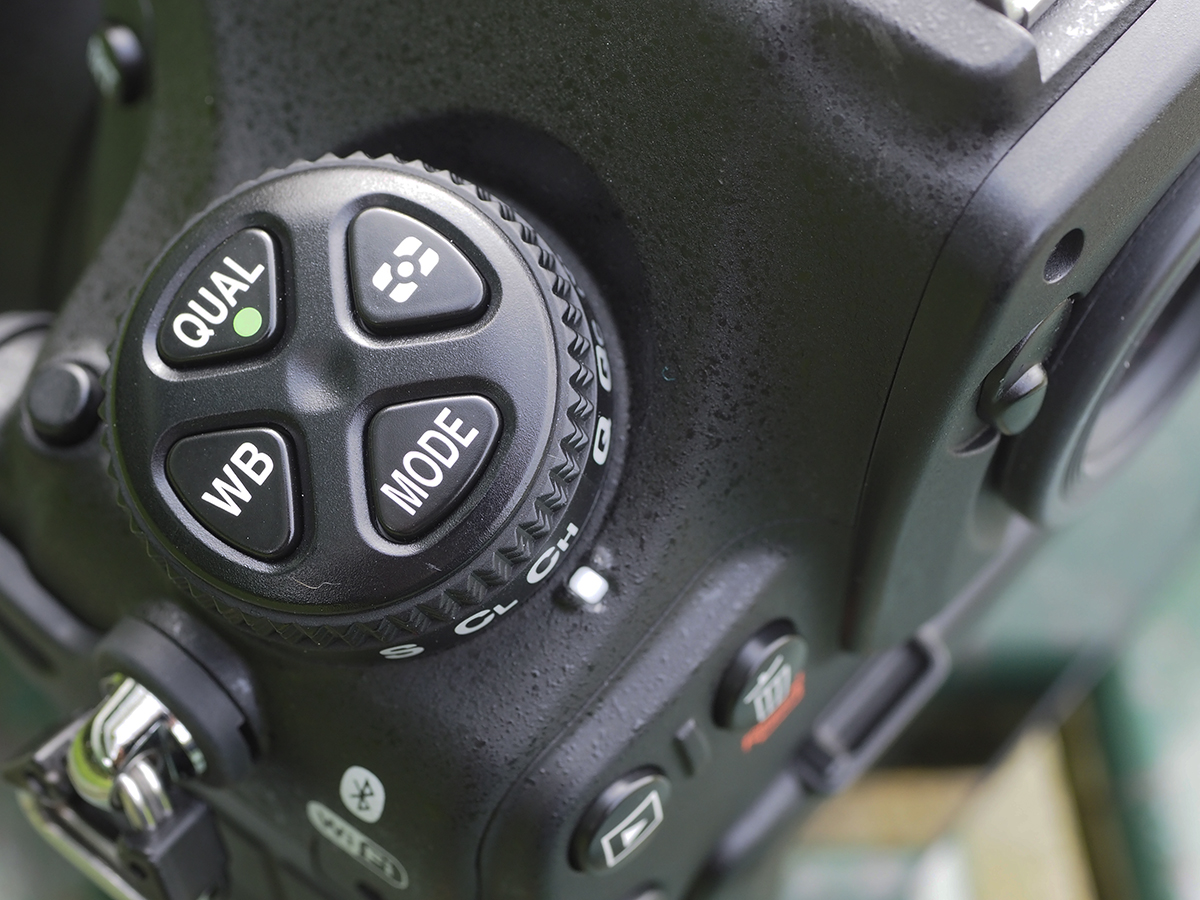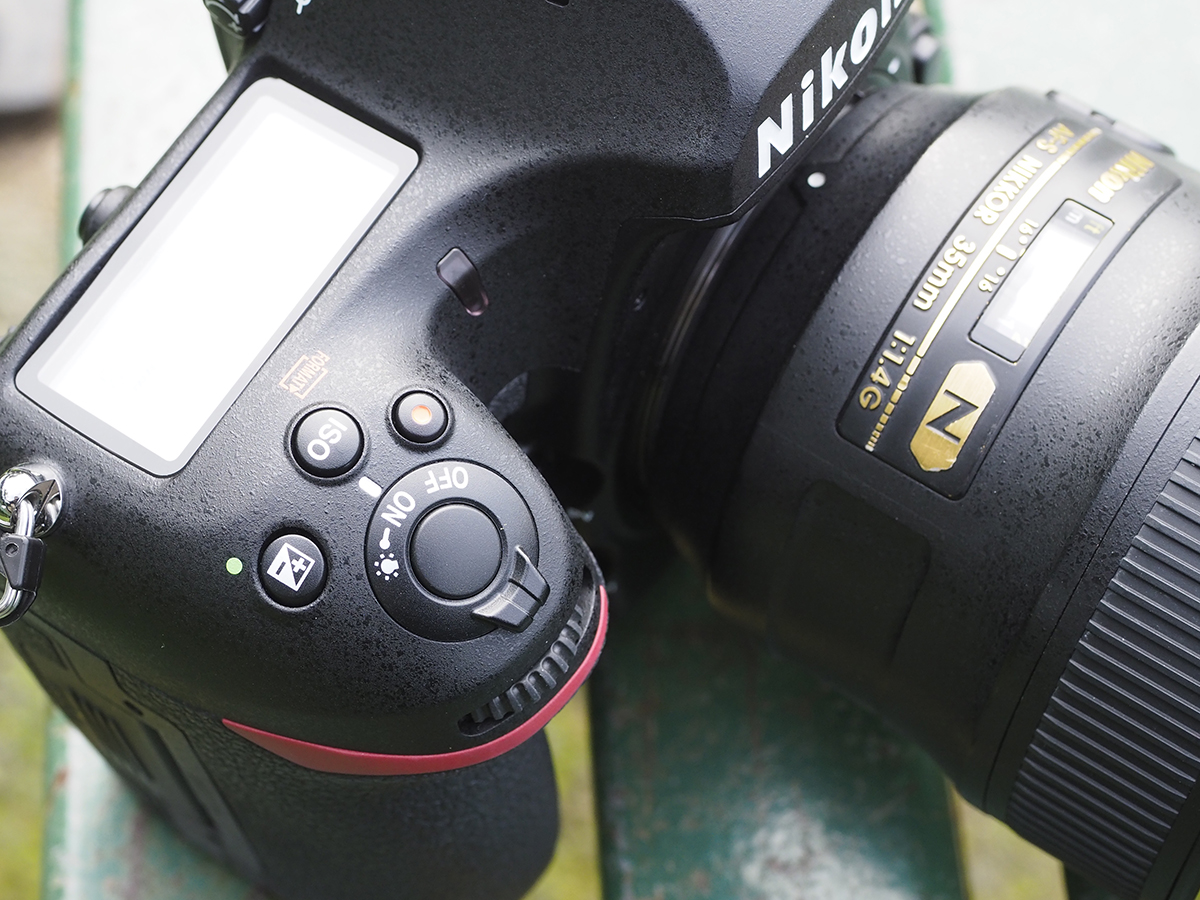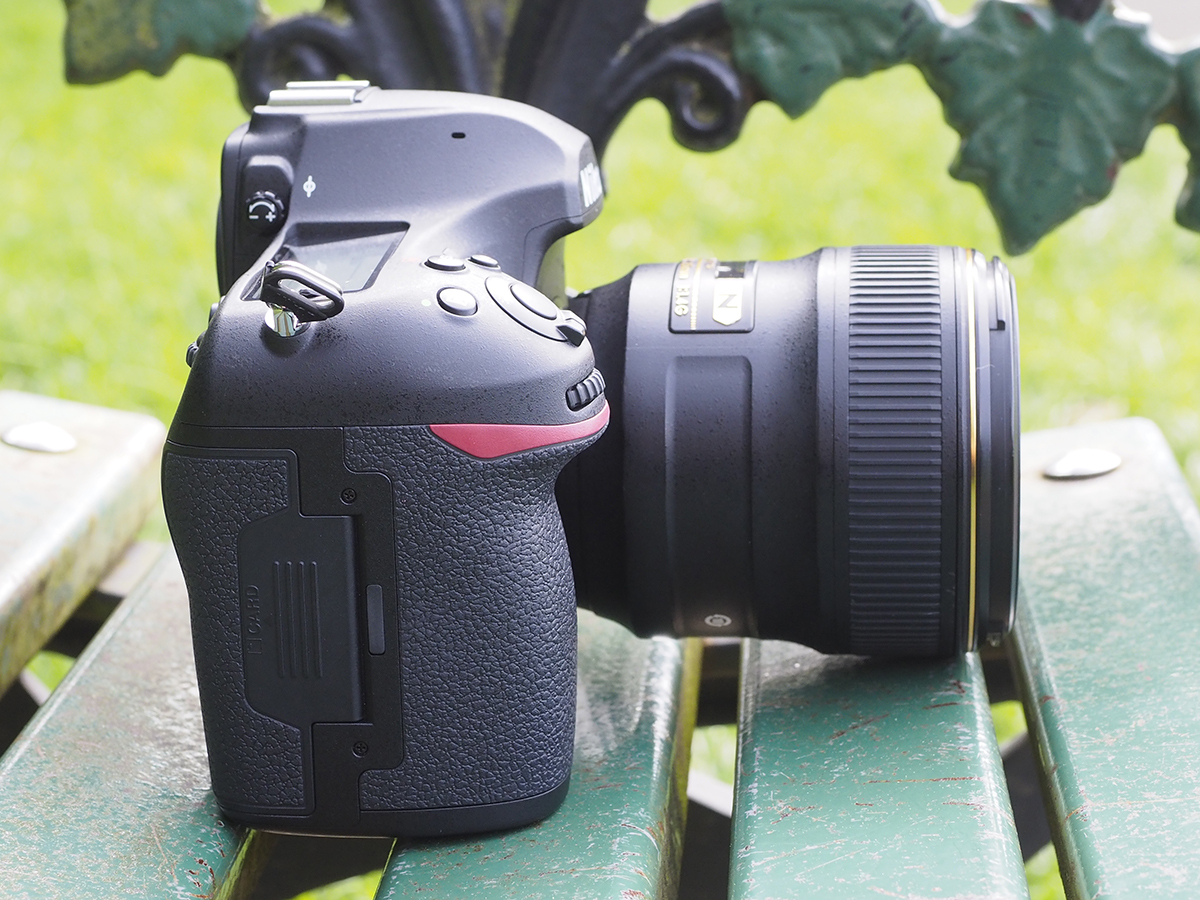Nikon D850 review
This speedy DSLR also has a serious eye for detail

The perfect heavyweight boxer is one who marries power with lightning speed.
Of course, the laws of physics mean that very few are blessed with both, but occasionally a Tyson all-rounder emerges to baffle their rivals. Well, the Nikon D850 is promising to be that freak specimen for DSLRs.
Following the much-loved D810, it claims to marry extremely high resolution 45.4MP photos with the speedy burst mode of an action sports camera, which is a very rare combination indeed at this price.
Along with other features like 4K video recording and a high magnification optical viewfinder, this means it’s (on paper) one of the best all-round full-framers ever made.
Does it live up to its promise? It sure does – in fact, it might well be the best all-round DSLR you can buy today.
Design: mission control
The D850 is a hardy workhorse of a camera. Its high quality construction feels extremely robust, and it’s also weather-sealed, which is great news for those planning to use it in the great British outdoors.
Place the D850 side by side with the D810 and the differences aren’t immediately obvious. Both have a chunky grip, but the D850’s is ever so slightly deeper. Gone is the pop-up flash from the D810 – after all, most pros prefer to use a dedicated flashgun.
Continuing the pro theme, the D850 is covered in a vast array of dials and buttons, putting pretty much every control you could want at the tips of your fingers. It’s a very comfortable DSLR to use for prolonged periods of time, so whether you’re an enthusiast on an all-day shoot, or a professional using it every day, you’ll find it a pleasure to handle.
A new joystick has been added for moving the AF point around the frame, which is extremely helpful – especially as you can easily find it with your thumb when shooting through the viewfinder, thanks to its textured surface.
Speaking of the viewfinder, the D850 is equipped with the largest magnification viewfinder ever found on a Nikon DSLR. That makes it exceptionally crisp and clear to look through to compose your images. There’s some information displayed relating to settings, but as it’s an optical viewfinder, you won’t be able to see how changing those settings affect your image. Still, if you’re a pro, there’s a good chance you don’t trust electronic ones anyway.
In a first for this series of cameras, the D850’s 3.2in screen is both tilting and touch-sensitive. While a fully articulating screen may be more useful for composing portrait format images, a tilting one is still very useful – especially when you combine it with a simple tap of the screen.
Features: best of both worlds
Unless you’re willing to spend upwards of £4000 on a Nikon D5 or Sony A9, this camera has the best feature set of any DSLR around.
While those two full-frame rivals tend to be used more for action and sports than landscape, macro or portrait shots (largely due to their lower resolution sensors), the D850 is a genuine all-rounder, and a great one at that.
You get both a super high resolution sensor, and a camera which copes reasonably well with fast-moving subjects. That’s thanks to an upgrade in frame rate – it can now shoot at 7.5fps (or 9fps if you attach the additional D850 grip), and the AF system is the same used in the fantastic D5.
The D850 is capable of locking onto your subject very quickly and easily, even in lower light conditions. Moving subjects are also dealt with easily, especially for ones that have a reasonably predictable pattern of movement. The only complaint we have about autofocus is that all of the AF points are grouped towards the centre of the frame – that means that there will be occasions when you need to focus and recompose.
To facilitate fast frame rates, the D850 has two memory card slots. One for SD, which is compatible with the fast UHS-II format. The other is for the even faster XQD format, though cards of this type can set you back upwards of £70 for 32GB, as right now they’re made by very few manufacturers.
One of the downsides of having such a high resolution sensor is massive file sizes. In short, if you’re shooting both JPEGs and RAW files, you’re gonna need a bigger hard drive.
Still, if you’re a professional working in the field who needs to get shots of a football match or a news event across quickly, you’ll be pleased to know that you can shoot in lower resolution modes and still have access to raw files.
You can also use the great DX crop mode, which essentially works with the central part of the sensor as if you were using an APS-C sensor. If you’re wondering why you might want this, it basically means that your long lenses can appear even longer and get you closer to the action.
Since you have all those extra megapixels to play with, effectively cropping into the image still leaves you with an incredibly useable 19 megapixels.
Silent shooting is another feature that’s very useful in certain situations, such as quiet moments in your grandad’s bowls tournament, or during weddings. Compact system cameras have traditionally ruled this area, with DSLRs only dabbling with mixed success. Well, on the D850, there’s a fully silent mode that can be activated when shooting in Live View.
Okay, it’s not a perfect solution by any means, as you have to use the screen to compose. Another major downside is that while shooting in Live View in this setting, you’re restricted to slower (contrast detect) autofocus, which means you could miss the odd shot or two. Or certainly more than you’re likely to miss when shooting through the viewfinder.
Still, these gripes aside, it’s certainly nice to have the option of shooting full resolution at 6fps completely silently. If you’re prepared shoot at 8MP in JPEG format, which is still fine for social media, you can go even further and shoot at 30fps.
One thing DSLRs do beat CSCs every time is battery life, and it’s no different with the D850 – it gives you a claimed 1840 shots per charge. Certainly, we’ve never had it die on us, or had to worry about spare batteries while testing.
The D850 also offers something of a CSC’s convenience thanks to its SnapBridge wireless connectivity. This works by using Bluetooth to maintain a connection to your smartphone for image transfers, so you don’t have to manually connect every time.
Setting the app up to reduce file sizes to 2MP for transfer is pretty much essential, if you don’t want your phone to fill up, and you don’t want the transfer to take several hours. You can also connect via Wi-Fi for quicker transfer times, or to remotely control the camera.
Image quality: A brilliant all-rounder
The amount of detail that the D850 is capable of resolving is simply fantastic. It’s not particularly surprising, given that the sensor boasts 45 megapixels, but seeing it in the flesh is still pretty staggering.
The camera’s all-purpose metering system does well to produce well-balanced exposures. You may find that dialling in some exposure compensation is necessary in certain conditions, but it’s certainly no more than we’d expect.
Dynamic range is great, with bags of detail resolved in both shadow and highlight detail. Colours are rich and punchy too, having a very nice level of vibrance without being unrealistic.
Higher resolutions often mean that high ISO performance suffers. And It’s telling that, unlike the D5, the D850 has a relatively restricted ISO range, topping out at a native speed of ISO 25600.
Still, the good news is that you can very happily use mid-high speeds of ISO 6400 and ISO 12800 without sacrificing too much detail. ISO 25600 is perhaps best reserved for times when you really need to get the shot, but if you’re only likely to be printing or sharing at small sizes, even that speed is more than usable.
Automatic white balance copes well with a variety of different shooting conditions, including artificial light and cloudy conditions. It’s likely that you’ll have the confidence to leave it in auto white balance for the majority of shots, but there are of course other specific modes you can use if you prefer.
Nikon D850 verdict
If you’re need pro-friendly features and can stomach the price tag, the Nikon D850 is the best DSLR you can buy today.
It has a ton of fantastic features that will appeal to anyone who’s looking for a workhorse of a camera that can shoot in pretty much any situation, be it landscapes or fast action.
Negatives are few and far between. Using XQD and SD cards may be disappointing to those who already have a stack of CF cards, plus XQD cards are expensive – but they are so fast, it’s worth it if you need ultimate speed.
Having the focus points clustered around the centre is sometimes a little annoying as you have to focus and recompose, but that’s something which is common to pretty much all DSLRs.
While it may not be able to compete with the Sony A9 when it comes to fast frame rates, a very capable AF system and a range of other features mean that for those who already shoot Nikon, this is a dream upgrade.
The D850 is also much cheaper than the Sony A9, while Nikon’s range of lenses remains (for now at least) much more versatile.
Stuff Says…
A dependable beast of a full-frame camera that should be top of the wishlist for pros and enthusiastic amateurs alike
Good Stuff
Super high-res sensor capable of incredible detail
Burst mode makes it good for action too
Weatherproof and extremely well built
Incredibly crisp optical viewfinder
Silent shooting mode is a useful extra
Bad Stuff
Centred focus points sometimes means recomposing
XQD cards are expensive












